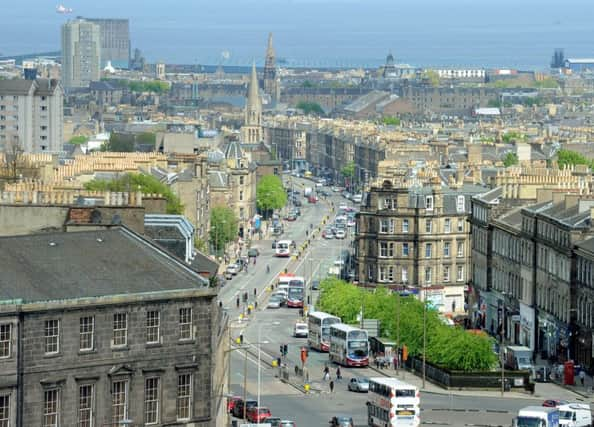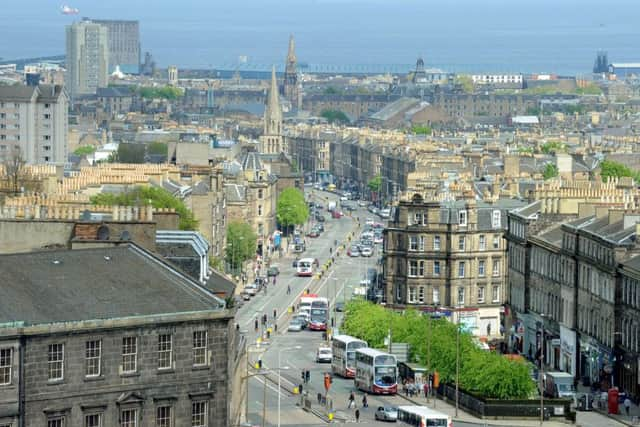Fears for Leith amid '˜asset-stripping' and house price concerns


But a major report has revealed growing discontent in Leith about locals being “priced out” of living and work in the area.
Growing concern about “asset-stripping” of public land and facilities and “threats” to the Edinburgh waterfront area’s character and identity have emerged from a Scottish Government-backed study.
Advertisement
Hide AdAdvertisement
Hide AdThe six-month project, which involved more than 3,000 Leithers, found mounting concern over the pace and scale of change taking place in the area, with “overloaded” services under pressure from a wave of housebuilding.


According to the report, many Leithers and neighbourhoods who took part in the process felt new developments were exclusive, had stagnated or were “ill-conceived and badly executed”.Other key concerns include poor public access to Leith’s seafront, the lack of investment in facilities like the old Leith Theatre building, the impact of growing numbers of student housing developments and short-term letting on existing neighbourhoods.
A feeling of “disempowerment” was also reported during the research for the study, which found that although Leithers had a strong and proud sense of identity and belonging, they felt there was a “lack of urgency and are concerned about the future”.
Work on the Leith Blueprint began shortly after the area was said to be the second coolest in the, UK after Ancoats in Manchester and Finnieston, in Glasgow, the latter of which has undergone a huge transformation since the Hydro arena opened in 2013.
Advertisement
Hide AdAdvertisement
Hide AdThe Leith Creative network staged 18 different events and also conducted online and face-to-face surveys for the £46,000 project, which was also funded by Edinburgh City Council and Creative Scotland. It recommends the creation of a new development trust to help safeguard historic buildings and community assets.


The report stated: “We recognise this blueprint comes at a time not only of great opportunity for our community, but also of great difficulty.
“Traditional systems of power are changing, our public services are stretched, our civic resources are declining and for many individuals and neighbourhoods, development has been exclusive, has stagnated or has been ill-conceived and badly executed.
“The financial crash and subsequent economic downturn in 2007-8 changed the trajectory of Leith’s spacial development. The area increasingly became known as an attractive alternative space to live and work. Now that the local economy has stabilised and is experiencing growth, Leith residents old and new are noticing the rise of property prices and an intensification of development, rapidly pricing many out of the area.
Advertisement
Hide AdAdvertisement
Hide Ad“As land and property prices continue to rise, buildings are demolished and gap sites filled, local communities, creative businesses and grassroots culture are all impacted. It is the pace of development that is most palpable, generating uncertainty about the area.”
Duncan Bremner, co-founder of Leith Creative, said: “We had already identified from our previous work that Leith is an incredibly creative area.
“We also know that the area has some significant and long-term generational problems, that can’t simply be solved by a short-term project. However, given Leith’s significant creative capacity, and with increasing community empowerment legislation on the horizon, it looks like we may have the ability to change things.”
Morvern Cunningham, director of the Leith Late festival, who also led the project, said: “We’d like to build on the work we’ve done to date, to ensure Leith continues to harness its creative potential for the collective good of everyone in the community.”